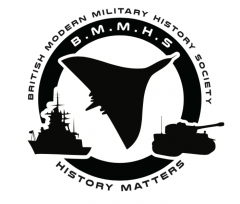Glimpses of War
This article is an extract from the latest BMMHS Publication “Glimpses of War Volume 2“. A compilation of military stories and eyewitness accounts to raise funds for Blind Veterans UK.
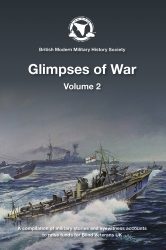
John Beazley, Battle of Britain Pilot
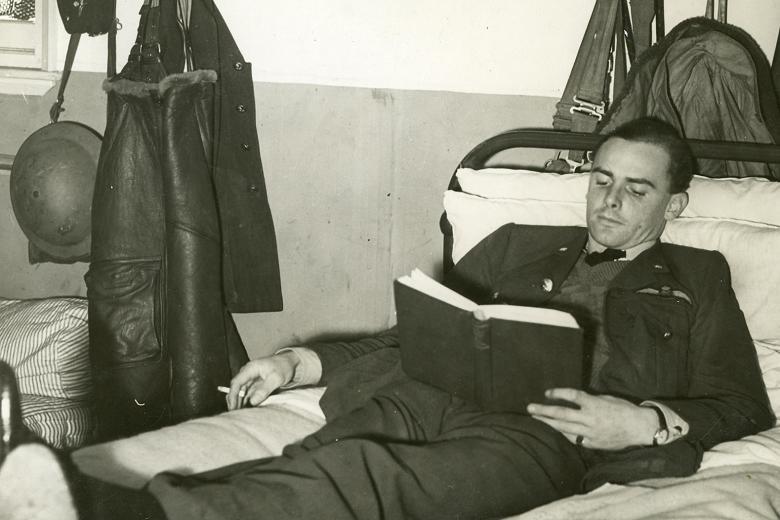
RAF historian and author, Geoff Simpson, describes the life and war record of John Beazley, a pilot during the Battle of Britain and who was awarded the DFC later in the war. He tells of the somewhat surreal incident when he was shot down in September 1940.
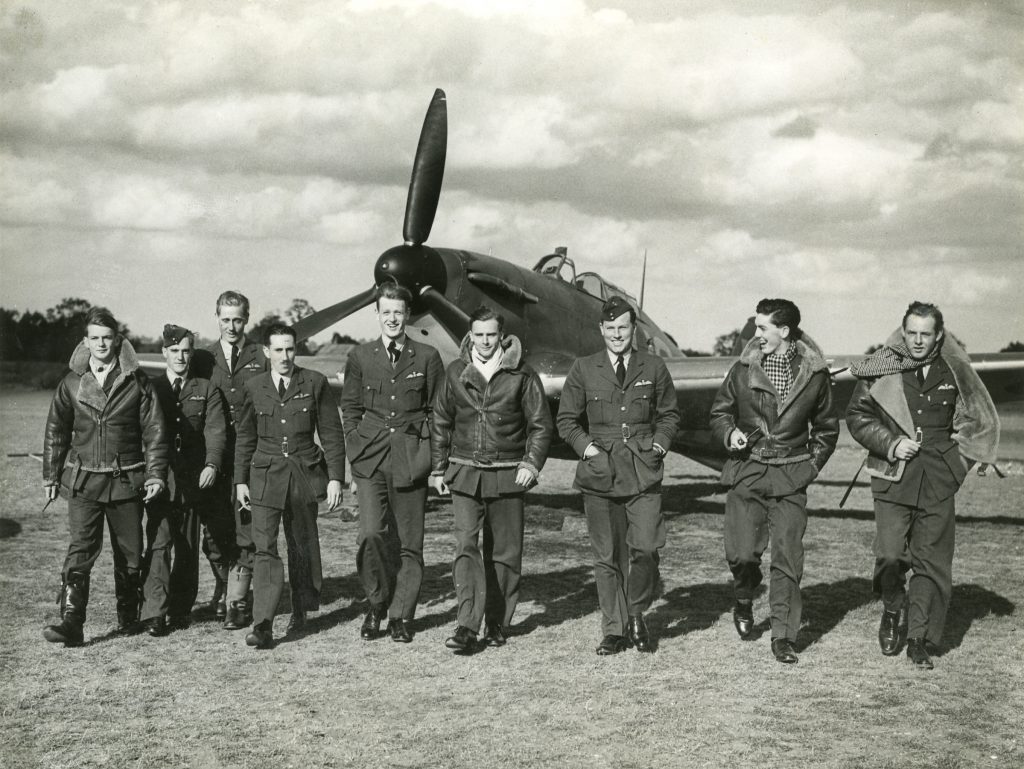
John Beazley, Battle of Britain Pilot
John Beazley appears in one of the most often published photographs of pilots in the Battle of Britain. In the picture, taken at RAF North Weald in September 1940, of a line of officers of No 249 Squadron striding towards the camera, he is fourth from the right.
Success in the Battle of Britain
Beazley achieved success in the Battle of Britain and was wounded. He later saw action from Malta and North Africa. Indeed, he flew for much of war. He was awarded the DFC. However, he was a modest, even reticent, man who disliked being addressed as ‘Wing Commander’ once he had left the RAF. If a casual enquirer asked him what he had done during hostilities, he might well answer, ‘Not very much’ and leave it at that. Inevitably, and probably to his relief, he did not gain the celebrity bestowed on some of the others in the North Weald photograph. He was, though, prepared to help historians and researchers.
If he had to go to war it was best to do it sitting down
Hugh John Sherard Beazley was born in 1916. His Father would rise in the judiciary to become Common Sergeant of the City of London (a senior judge at the Old Bailey) between 1942 and 1953, when he was knighted. The son followed his Father to Cheltenham College and went up to Pembroke College, Oxford to read history. He was a member of the University Air Squadron, later joining the RAF Volunteer Reserve. His choice of service, he would claim, was influenced by his experiences in the CCF at school. He had concluded that if he had to go to war it was best to do it sitting down.
John transferred to the RAFVR in 1937 and was called up in September 1939. He completed his training, including a spell on No 6 course at the RAF College, Cranwell Flying Training School. When No 249 Squadron reformed with Hurricanes at Church Fenton in Yorkshire in May 1940, Pilot Officer Beazley was one of the original pilots. The squadron would also fly from Leconfield and Boscombe Down before arriving at North Weald on 1st September 1940.
Beazley's first 'score'
His first ‘score’ came on 8th July, two days before what later was designated the starting point of the Battle of Britain, when he shared in the destruction of a Junkers Ju88. Between then and when he was wounded and put out of the Battle on 27th September he was credited with two enemy aircraft destroyed, three probably destroyed, four shared and one damaged.
On 2nd September he probably shot down a Messerschmitt Bf110, but another 110 then set his Hurricane on fire and he took to his parachute over Gillingham, Kent. Unfortunately, as John explained to me many years later, the speed and early hour of the squadron’s call to action that day had not given him the time to assemble attire suitable for appearing in public. He was floating to earth, smoking a cigarette and wearing pyjamas, only partially concealed by an Irvin jacket. His mood was not improved when soldiers, apparently thinking that the invasion had begun, started firing at him. They stopped, which John attributed to the language he directed at them. Only a German fluent in colloquial English would have known some of those words. John finished up sitting in a police station in his state of undress awaiting transport back to the squadron.
Flight Lieutenant Denis Parnall, was shot down and killed on 18th September – John recalled seeing it happen. He became an acting Flight Lieutenant and replaced his friend as ‘A’ Flight commander.
A few words from Air Chief Marshal 'Stuffy' Dowding
27th September 1940 is not a date much celebrated now but it was seen differently by the Prime Minister at the time. Sir Archibald Sinclair, Bt, Secretary of State for Air, received a message the next day from Mr Churchill which directed him,‘Pray congratulate the Fighter Command on the results of yesterday.’ The message referred to the scale and intensity of the fighting and the enemy’s heavy losses and declared that 27th September ranked with 15th September and 15th August, ‘as the great and victorious days of the Fighter Command during the course of the Battle of Britain.’
However for John Beazley the day did not go well. In combat with Bf110s he was badly wounded in the foot. He nursed his aircraft back to North Weald and faced a long spell in hospital.
During this time John’s ward was visited by Air Chief Marshal Dowding, the leader of Fighter Command. John recalled that ‘Stuffy’ was unimpressed by a pilot who had twice been bested by Bf110s and John was told, ‘you really should be ashamed of yourself’.
‘By way of mitigation,’ wrote John in 2002, ‘I said that there had been a lot of them around at the time. (Dowding) allowed that that could have been a factor and wished me a full recovery and I felt that I had been at least partly forgiven. Stuffy was, of course, quite right; the 110 was inferior in all respects to the Hurricane and Spitfire except possibly for its armament.’
Fellow Pilots of 249 Squadron
So the Battle of Britain ended for John Beazley. He did not publish his memoirs, but he does occur in the writings of other pilots of 249 in 1940.
Tom Neil, who was flying beside John when he was hit on 27th September, described him as, ‘Always a reserved person’but ‘he had a great, if quiet, sense of humour and an attractive chuckle.’ Neil also wrote of John as ‘A gallant and pleasant friend for seventy years, a picture I will always retain in my mind’s eye is of him, fully dressed and with shoes on, lying on his bed in dispersal at North Weald, quietly engrossed in an improving book, and smoking the most revolting pipe I had ever seen.’
In his diaries George Barclay, a pilot killed later in the war, described combats also involving John Beazley and wrote on 2nd October 1940, ‘Some of us went to see Beazel (Beazley) in Epping Hospital last night. His foot has been paining him, but he’ll be all right again in time.’
Another pilot who John flew with in 249 was Flight Lieutenant ‘Nick’ Nicolson, who became Fighter Command’s only VC, as a result of his gallantry over the outskirts of Southampton on 16th August 1940. In his last years John expressed the view, shared he said by many pilots and the man himself, that it was unfortunate that one person in the Battle of Britain had been apparently singled out to represent the heroism of so many.
George Barclay proved to be correct. John Beazley re-joined 249 in March 1941 and a couple of months later he and his comrades arrived in Malta, having flown off HMS Ark Royal. For nine months he participated in the intense fighting in defence of the island, taking command of the squadron when the CO was incapacitated. John would say that he loved the Maltese people, but he would never return after the war, giving as a major reason the number of friends he had lost there.
Beaufighters and the Colonial Service
Despite that and a spell in a staff post he did not want to ‘fly a desk’ and went to No 89 Squadron operating Beaufighters in North Africa and then south-east Asia. He was released from the RAF in 1946 and initially worked in the Colonial Service, becoming a Senior Resident in Nigeria.
Then he qualified as a chartered accountant and went into industry. He was the long serving treasurer of the Battle of Britain Memorial Trust, custodian of the National Memorial to The Few at Capel-le-Ferne, Kent.
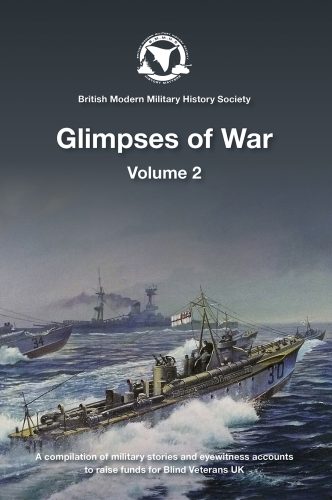
Glimpses of War
Glimpses of War Volume 2 is due to be published on Amazon in October 2021.

‘Congratulations to the BMMHS. Historical awareness is essential to understanding who we are. To this purpose I loved Glimpses of War: Gloriously informative, deeply interesting and constantly intriguing.’
General (Retired) Sir James Everard KCB CB

Glimpses of War Volume 1 is available on Amazon.
Click to buy your copy
Click to see full BMMHS event listing pages.
Contact us at info@bmmhs.org
Copyright © 2024 bmmhs.org – All Rights Reserved
Images © IWM & NAM
